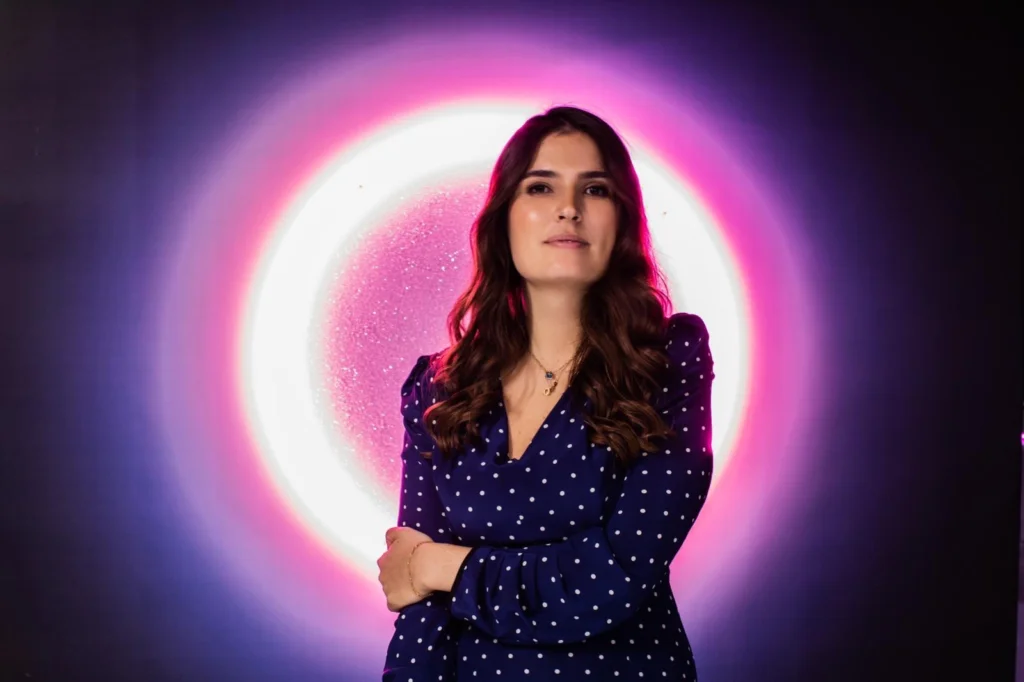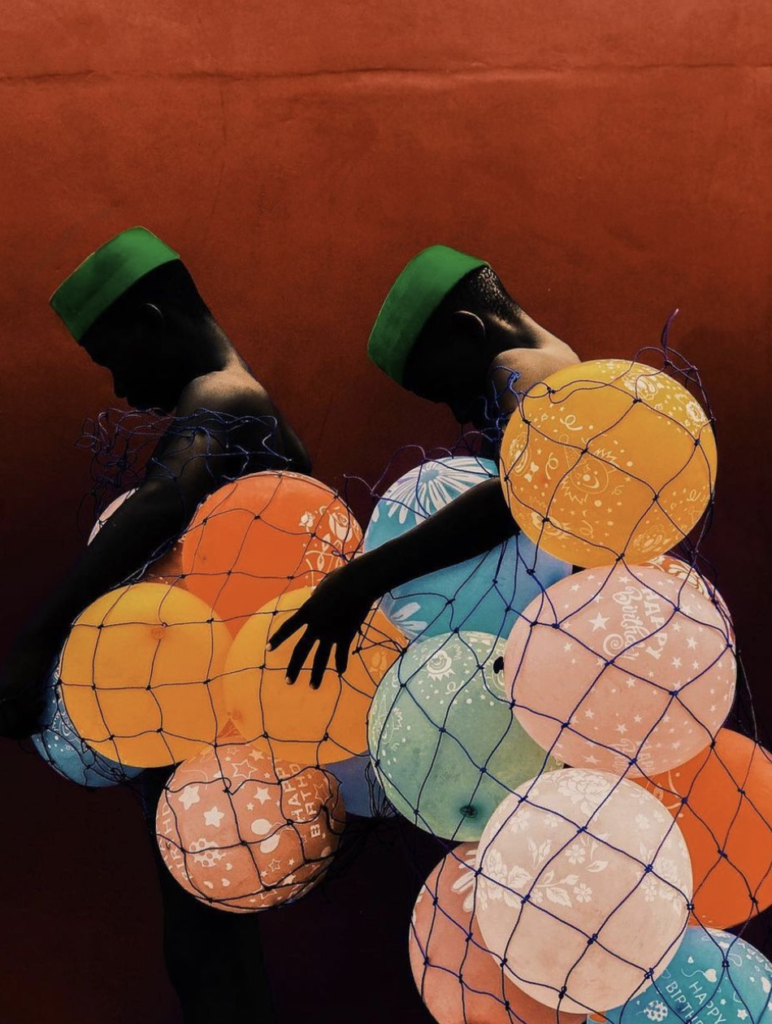MTArt Agency is the first agency in the art world that ensures every artist is paid. With their slogan ‘Don’t invest in art, invest in artists’, they are one of many game changers in the art world.
MTArt Agency was founded in 2015 by Marine Tanguy with two objectives, to support all living artists and to ensure that everyone accesses art. As the first art agency business in the UK with a B-Corp status, MTAA has demonstrated an excellent method of supporting artists financially and personally. The business has been named the fastest-growing business in the United Kingdom. In less than a decade, they have been working with artists from different parts of the world, including artists from the African continent.
We spoke with the founder Marine Tanguy to discuss how African artists’ representation contributes to their “art for all” business model. MTAA supports three African artists: Asiko, Derrick O. Boentang and Delphine Diallo.

H.S: You started as a gallerist with the galley Outsider and then went on to open an art agency-what inspired the change?
M.T: I was running The Outsiders Gallery in Los Angeles at 23 under Steve Lazarides. When I was in Los Angeles, I was exposed to their way agencies were working with actors and artists. Los Angeles has the Hollywood world and has impactful artists. When I returned to London I wanted to build a similar model, I borrowed the Hollywood way of working with artists and actors and in 2015 I created the MTArt Agency.

Image courtesy of MTArt Agency
H.S: In less than a decade, MTArt Agency is already worth 35 million; what was your strategy that was implemented to achieve the business development?
The risk is higher in creating a new idea, but the reward is even higher! For us, the reward of creating an agency is substantial. Seeing what we have achieved and that the agency is worth 35 million shows how far we’ve come. I would say that it is important to work with someone in the sector to gain experience. Once you have understood it then you can add value to it.
H.S: Asiko, Derrick O. Baoteng and Delphine Diallo from Ghana, Nigeria and Sierra Leone, what does representing artists from the continent mean?
90% of art world people come from privileged backgrounds or inherited art. Therefore, I wanted to have artists from different cultural backgrounds, not calling artists “African artists” or “female artists” but just artists. I also wanted to have people from different social backgrounds. I want them to do well and let their talent speak for themselves. I don’t think of them as ‘African artists’; our conversations at MTArt agency are not to put people in boxes.

Image courtesy of the Artist
H.S: How are Asiko and Derrick contributing to the ‘visual diet’ concept on mental health, as discussed in your Ted Talk?
Asiko didn’t want his art to be westernised. Asiko’s Of Myth and legend was in the heart of Knightsbridge, an area with much consumption imagery, and was exposed to people who probably have not seen it before. In terms of mental health, Asiko’s imagery opened something different. It bought a different feeling, giving hope. The images played a part in getting people feeling emotionally engaged. I hope that they feel empowered. A thousand images inspire who you are; these images affect you. We have pictures dominating us of what we should eat and wear. There’s a particular narrative that we always see, for example, women being overly exposed. By putting African images, it means diversity. It is not solely about how they have been represented; but things like their skin colour can impact people differently. Consider the book ‘History of Prejudice ‘, which points out how images have been reinforced to control who we should like. Visual narrative influences even who we should work with. I am interested in challenging visual narratives in our culture.
H.S: The demographic of Africans in the UK live in areas where art is not exposed but have their own businesses. Are you considering partnering with local businesses to promote art?
We would never accept artists to work for free. My priority is my artists, and we don’t want to put something in the forefront of their businesses but consider the initiatives from those in the demographic. For example, I feel uncomfortable putting MTAA in Nigeria because of its colonial past. But we will be delighted to mentor someone to create a similar model. They can create something similar rather than just building themselves.

Image courtesy of the artist
H.S: Please tell us more about the exhibition in Lagos,Yellow Sun; The New Contemporaries that you organised.
The yellow sun exhibition was my first project, and it was very small. It was the summoning of the company. It was the first time that I was exposed to Nigerian art. The exhibition took place in two cities in Nigeria. I was the co-curator and collaborating with Vanessa Power, Tristan
Pigot and Alison Biynon. We were interested in exposing other emerging markets and new contemporary artists in Nigeria. We worked with artists from diverse cultural backgrounds.
H.S: Are we going to see more art from artists from Francophone African countries?
It’s all about networking and being present in many places. Being introduced to artists on the ground. It takes time to build relations, and everything takes time. I have many nationalities and am interested in being global but not selecting artists based on their origins. At MTAA, We don’t choose someone just because of a place, talent comes from everywhere. We would never say we need a ‘Chinese artist’ or a female artist, and it takes no gender to create; creativity can come from anywhere.

Written by: Horcelie Sinda Wa Mbongo
Horcelie Sinda Wa Mbongo was born in Kinshasa, Congo, she is an artist and obtained her MA in Contemporary Art at Sotheby’s Institute of Art, BA at Chelsea College of Art. She has contributed to numerous art publications across Europe and Africa. She is the founder of Lobiko, a charity based in the UK, Congo and South Africa.


